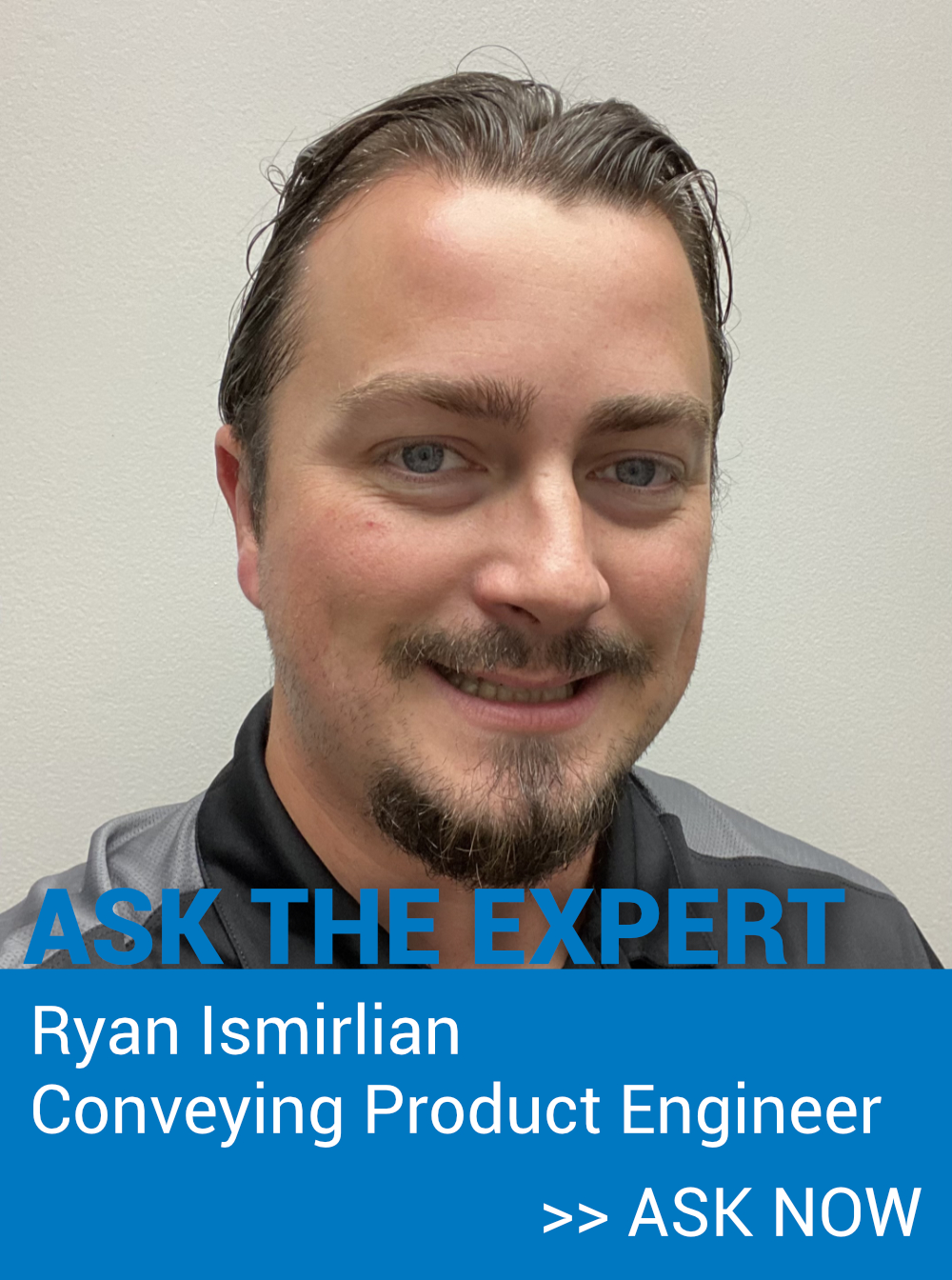Vacuum Pump Types
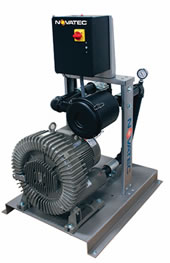
Single-stage regenerative pumps are the smallest, quietest, and least expensive. They also have the lowest vacuum capacity (about 6-9”Hg maximum depending on tube diameter). These pumps are ideal for conveying light loads across shorter distances in systems with up to about 2.5-inch diameter tube.
Two-stage regenerative pumps are physically similar to single-stage regenerative pumps. Equivalent single and two-stage models have the same housing diameter, but two stage housing are about twice as deep. They also use more horsepower than the single-stage pumps to create higher vacuums, up to 12”Hg. These pumps are best suited for conveying materials across moderate distances and rates, with tubing diameters up to 2.5” diameter.
Regen pumps, by nature of their operating principles and direct drive motor arrangement, start out at a considerably higher velocity, and see larger velocity increases at lower vacuums, than other types of pumps, which lead to ramifications discussed later in the article.
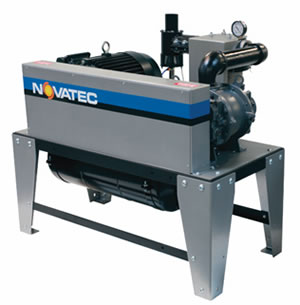
Positive Displacement (PD) pumps, considered by many the industry standard, provide the widest range of airflow (e.g., 55 to 470+ cfm) and vacuum levels up to 14”Hg. These pumps are often installed for conveying resins across long distances in systems with tubing up to 4” diameter and larger. PD pumps are more efficient than Regenerative pumps when pulling a comparable vacuum and airflow. They also offer a more consistent airflow as vacuum varies across typical system applications. And belt drives can be configured for lower velocity from the start.
The biggest drawback to PD pumps – until now – has been their noise level – At times over 90 dbA. NOVATEC is now offering PD pumps with sound levels less than 80 dbA without additional sound attenuation, providing a huge improvement for the work environment.
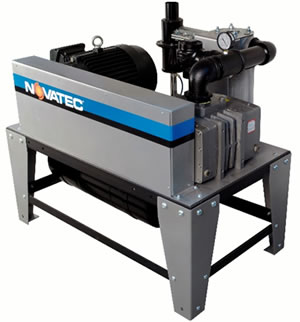
High efficiency PD pumps
High efficiency PD pumps provide 20% more vacuum capacity than standard PD pumps. Higher vacuum yields higher conveying rates and longer distances. These pumps produce operating vacuums up to 14”Hg (maximum vacuum up to 15”Hg) through a rugged design that includes a heavy-duty roller bearing, helical gears, and a tri-lobe rotor, with models ranging from 7.5 hp to 20 hp. They are more energy efficient than regenerative pumps and quieter than traditional PD pumps operating at the same vacuum level
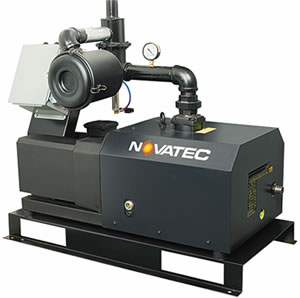
Claw Pumps
The claw type vacuum pump is a unique design intended to operate at very high vacuum levels. The claw design compresses air while it’s inside the pump housing, increasing the operating vacuum for conveying up to 15”Hg (17”Hg relief vacuum). These pumps come in models ranging from 4 hp to 15 hp, and they are also more energy efficient, requiring nearly half the energy of regenerative pumps and up to 15% less energy than standard PD pumps for a given vacuum and airflow target. They are also quieter than PD pumps in comparable vacuum ranges. Claw pumps provide the higher conveying rates and plug-breaking capability than any other pump. However, the high relative cost of these pumps (Table 1) generally limits their use except for unusual conditions that can’t be overcome by other pumps


